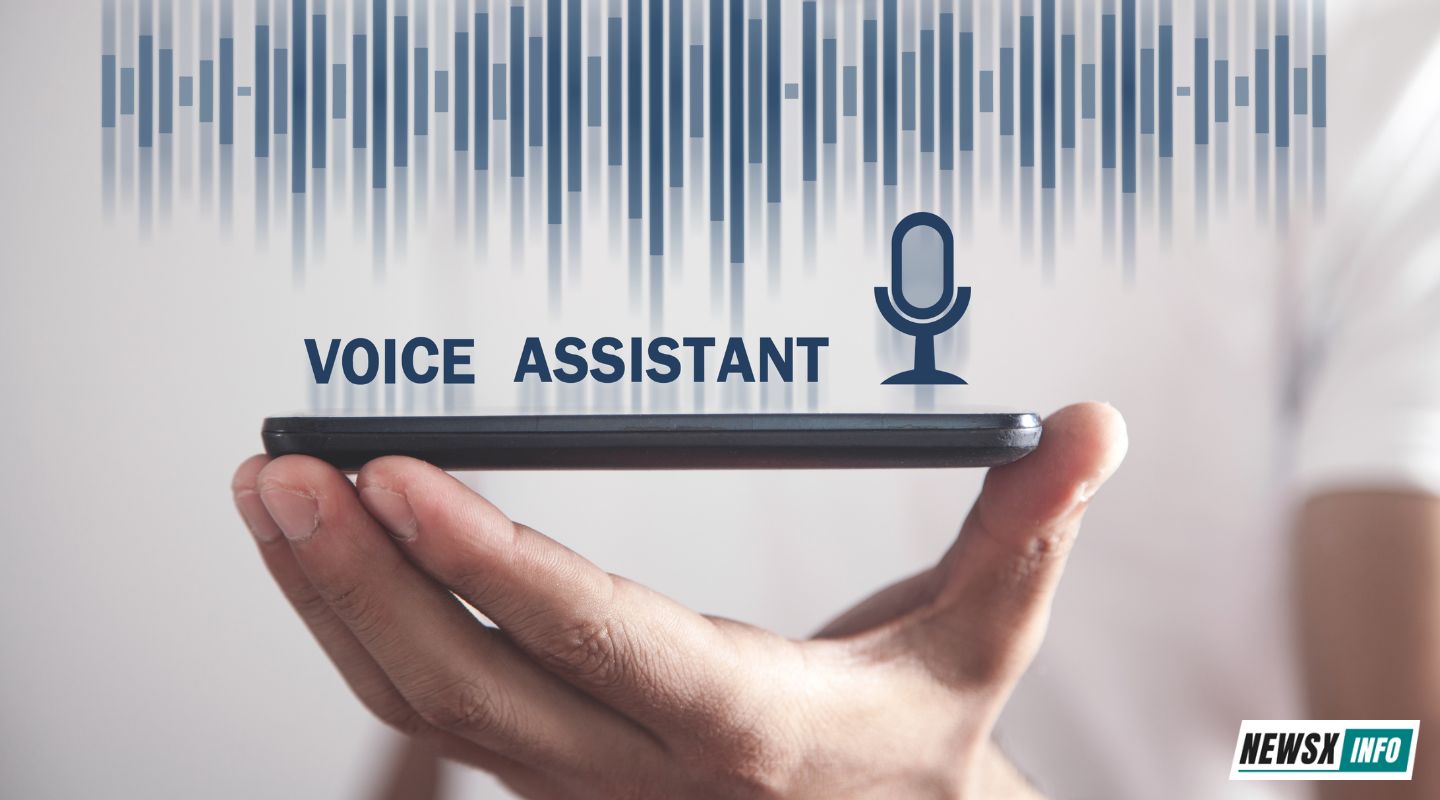Within artificial intelligence, speech generating technology has advanced significantly within the last few years. Once an area full of robotic and boring outputs, it has developed into a complex realm where artificial intelligence can generate quite lifelike and expressive voices. The growth, uses, and consequences of artificial intelligence speech generators are investigated in this paper.
comprehending artificial intelligence voice generators
AI voice generators are text-input based systems synthesizing human-like speech. These systems create natural-sounding audio by using big datasets and deep learning techniques. Neural networks—especially deep neural networks—which replicate the way the human brain interprets voice and language are used in most advanced systems.
AI Voice Generators: Their Evolution
Early, relatively crude text-to-speech (TTS) systems started the path of artificial intelligence voice technologies. Early models used concatenative synthesis—that is, patched together pre-recorded fragments of human speech. Though functionally sound, these systems lacked natural intonation and sounded fragmented.

The discipline was transformed with the advent of machine learning—especially deep learning. DeepMind’s WaveNet and other models used neural networks to create raw audio waveforms, hence producing more fluid and natural speech. More sophisticated knowledge of linguistics and prosody has been included in later models, therefore strengthening their basis.
Use AI Voice Generators for:
AI voice generators find extensive uses in many different sectors:
1. Accessibility: AI-generated speech can help those with disabilities access digital content and support assistive communication. Key aids for the visually challenged and individuals with speech difficulties are screen readers and speech-generating gadgets.
2. Entertainment and Media: Entertainment and Media: AI voices can vividly bring characters to life in animation and video games without requiring a lot of voice-acting resources. They also let authors of material readily localize, and dub works in several languages.
3. Virtual Assistants: Devices include Amazon’s Alexa, Google Assistant, and Apple’s Siri mostly rely on artificial intelligence voice technologies to connect with consumers. These systems are always getting better in their capacity for natural language understanding and response.
4. Customer Service: Many businesses are including artificial intelligence speech bots to answer consumer questions, therefore lowering wait times and raising customer happiness by means of this. These bots can increasingly sophisticatedly answer to inquiries and process them.
5. Education: Education: AI voice generators can be included in pronunciation and language learning aids. Students are always available as practice partners and can offer real-time comments.
Ethical Issues:
Although artificial intelligence voice generators provide many advantages, ethical issues have to be resolved as well:
- Deepfakes and misinformation: The ability to create quite lifelike voices creates opportunities for abuse, including deepfake audio recordings. This begs questions on authenticity and trust in correspondence.
- Privacy: AI voices used in data collecting or monitoring could violate personal privacy and result in possible usage of private information.
- Bias and Representation: AI programs might unintentionally reinforce prejudices in the data on which they are trained. Preventing the reinforcement of preconceptions depends on ensuring varied and inclusive datasets.

AI Voice Generators: The Future,
Future directions of artificial intelligence speech generation present fascinating opportunities. Not too far off are developments in multilingual models, emotional expression, and personalizing. These advances can result in ever more interesting and natural interactions between people and machines.
Moreover, scientists are investigating how emotional intelligence may be included in artificial intelligence voices to enable more complex and context-aware communication. The efficacy of virtual assistants and customer support bots could be improved significantly.
Finally
AI speech generators mark a major advancement in artificial intelligence capacity. From basic text-to–speech systems, they have evolved into sophisticated models able to generate lifelike and expressive speech. Even though they have many advantages in many other fields, ethical issues must be addressed and responsible application of this technology must be guaranteed.
The boundary separating human and machine communication will blur as we keep innovating, so it becomes essential to strike a balance between ethical issues and technical development. The continuous advancement in artificial intelligence speech technology seems to enhance our interactions with the digital environment, therefore improving its accessibility, dynamic nature, and richness.

